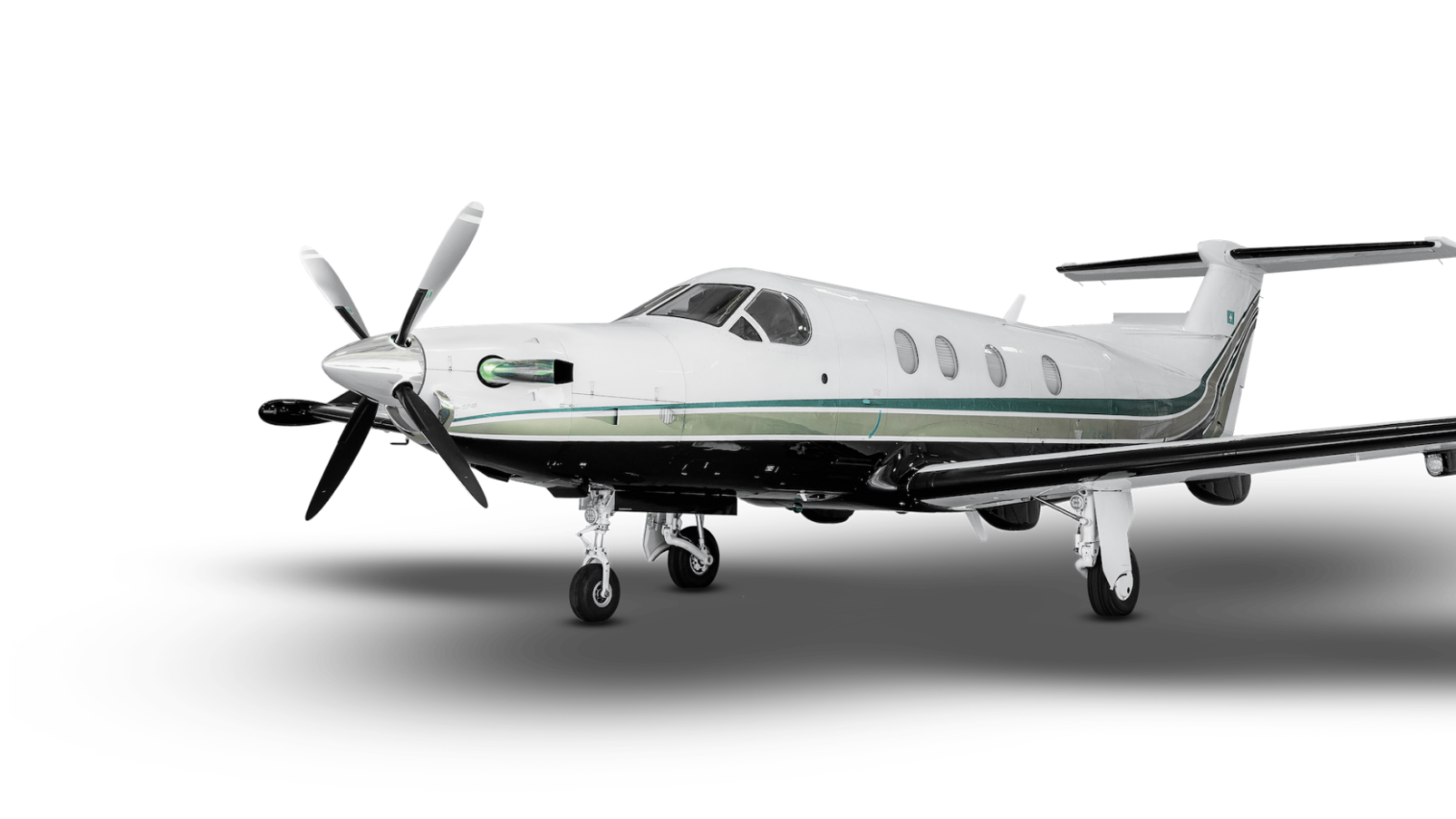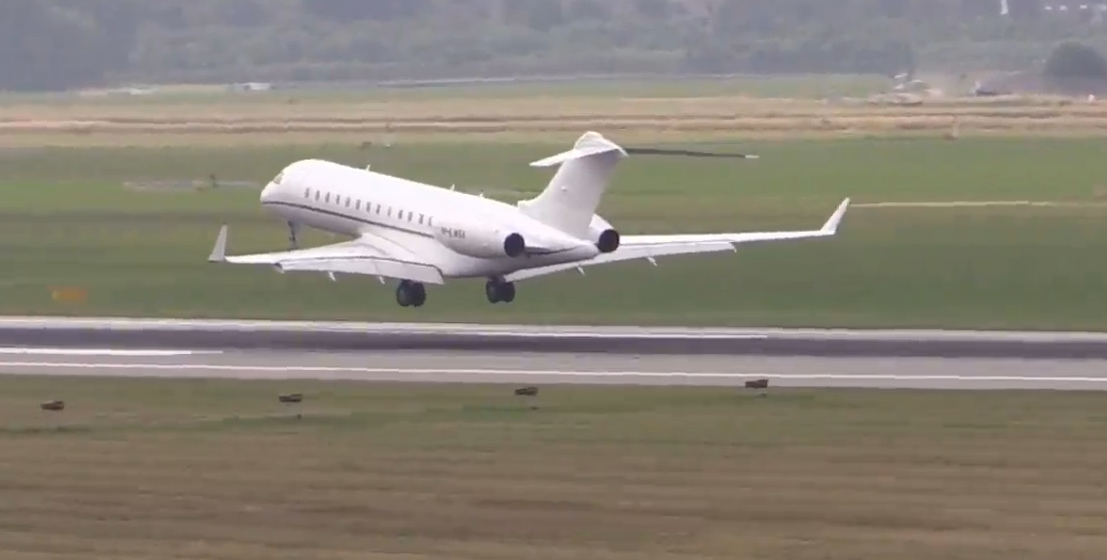
Jet Cards now start at 10 hours, go up to over 100 hours and include turboprops to ultra-long-range private jets.

Buying a Jet Card can be a significant expense running into the hundreds of thousands of dollars per year. Of course, it is less than fractional or full ownership, and you don’t have the same long-term commitment. Buying a Jet Card also frees you up from the time-consuming process of on-demand charter where for every trip you are likely dealing with multiple brokers, examining aircraft profiles, reviewing pricing, including all of the extras, many which are covered by various card programs and so forth. On departures day, if something happens, you need to hope your broker can find some type of backup if something goes wrong, and then you probably have to figure out last minute transfer of funds to the new operator.
At the same time, once you find the right Jet Card program, you already know the standards of the aircraft and flight crew who will be flying you, and with some programs, you can even pick a specific aircraft type instead of category or guarantee WiFi. Many card programs have guaranteed availability and fixed rate one-way pricing so you don’t have to pay ferry charges. Private Jet Card programs each have their own recovery guarantees and policies, something worth comparing before buying (Hint: subscribe to Private Jet Card Comparisons).
Buying into a Jet Card program is entering into a contract that allows you to know what you will be getting with each flight, instead of having to go through the pick the plane process each time, often from unfamiliar operators you then need to research. Some programs even allow you to use multiple aircraft at the same time from a single account, well suited for companies and families, while many allow you to upgrade or downgrade the size of your aircraft for each mission, giving you extra flexibility. With Jet Cards, booking your flight is as easy as one call or tapping on your App.
Jet Cards date back to the late 1990s when Sentient Jet brought forward this new product, and they were typically sold in increments of 25 or 50 hours. The rule of thumb was if you flew less than 25 hours, an on-demand charter was your best option, and for 50 to 400 hours you should choose fractional ownership. Over 400 hours of flying and you should look at owning your own aircraft.
However, the Great Recession of 2008 has changed things, and with the number of Jet Card programs doubling to more than 250, there is are a much broader range of options. For example, you have pay as you go programs such as Jet Linx Aviation and Wheels Up, which don’t have any flying requirement. You do have to pay a membership fee that doesn’t count towards flying and you should factor into figuring out your hourly rate. Other programs such as Air Partner and JetSuite have launched cards starting at just 10 hours or $50,000, much lower than the previous six-digit entry point. Card programs are no longer restricted to jets. Wheels Up, Nicholas Air, StraighLine PrivateAir, Executive AirShare, Paramount and others offering turboprop programs.
On the higher side of spending, VistaJet, Air Partner and Delta Private Jets offer million dollar programs which underscore even for frequent fliers, cards have become an option to both full and fractional ownership, although new tax rules might impact the trend.
So is a Jet Card right for you, your company or family? If you expect to do at least 10 hours of private flying in the next 12 to 24 months, the card programs are something you should consider for sure. Even if you are doing 100 hours or more, with the diversity of today’s offering, Jet Cards are probably worth some investigation.